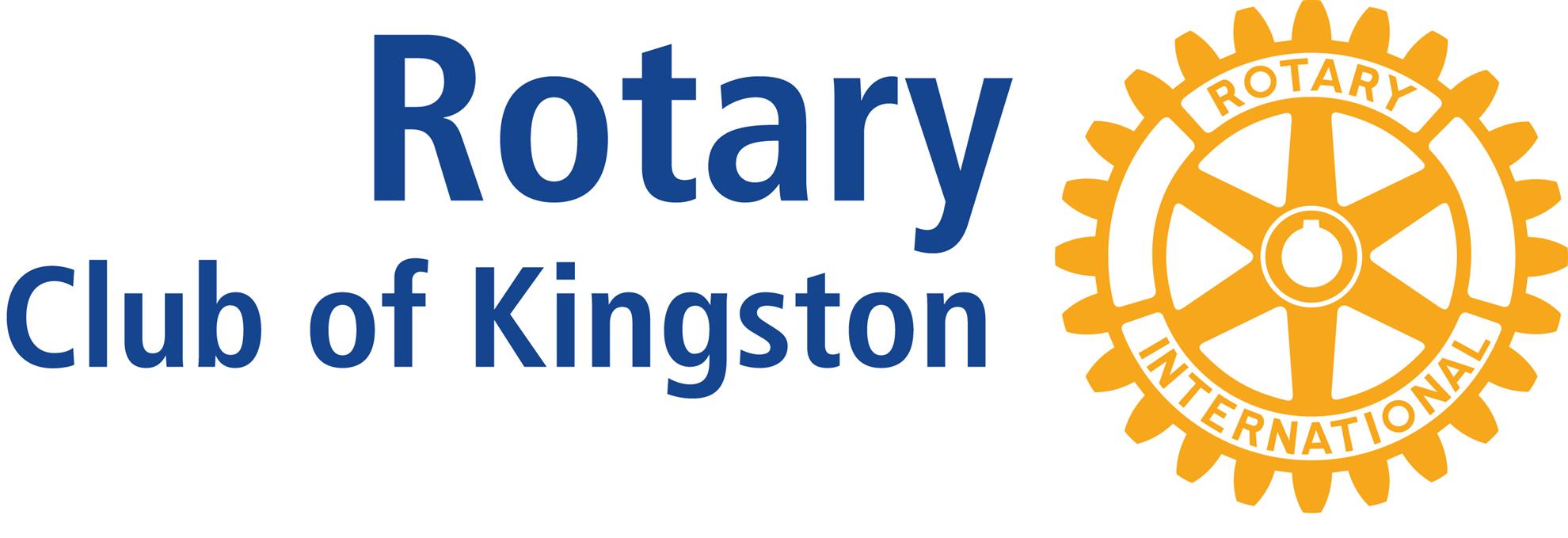
Hydroponics, Rockwool slabs, closed loop growth navigation systems, bumblebee hives, yellow sticky tape, deep water culture, monorail work systems, air pump oxygenation, supplemental lighting, and computer-controlled irrigation and climate are all new terms and processes as they apply to the modern-day greenhouse.
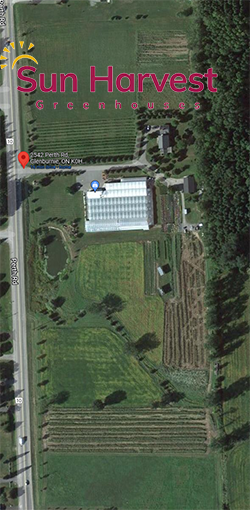 Sun Harvest Greenhouses, at 2542 Perth Road, just north of Kingston is a local leader in the structural design of its greenhouses and in the application of modern growing techniques, according to Kieran Shannon co-owner with his parents who spoke to the Kingston Rotary Club this past week.
Sun Harvest Greenhouses, at 2542 Perth Road, just north of Kingston is a local leader in the structural design of its greenhouses and in the application of modern growing techniques, according to Kieran Shannon co-owner with his parents who spoke to the Kingston Rotary Club this past week.Sun Harvest is a vertically integrated business featuring both a commercial growing facility and a retail operation. With over 2,700 m2 of greenhouse plus another .6 of a hectare in cut flowers during the summer, it is the largest such operation in the area.
Shannon gave Rotarians a virtual tour of the facility using his smartphone camera.
Three Main Greenhouse Types | ||
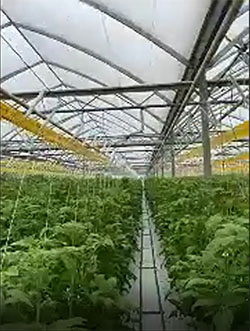 Tomatoes | 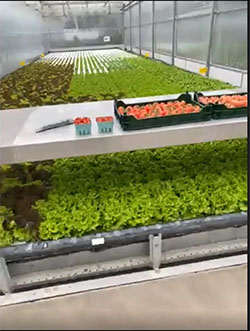 Lettuce | 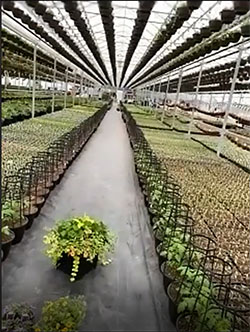 Bedding plants |
In the process, we visited three major areas, the hydroponically grown tomatoes using Rockwool slabs, a hydroponic deep-water pool where lettuce and cucumbers grew, and the largest of the areas where annuals, herbs and vegetable bedding plants grew in trays placed directly on ground cover over a sand base.
Tropical plants are brought in from their partners in Florida while perennials come from Ontario’s Niagara houses.
 Shannon and his family grow four types of tomatoes: beefsteak, clusters of five, and two sizes of “cherry” tomatoes. Vines can grow as-long-as 10 meters. Every week a new flower bud appears, as a mature ripe cluster is picked.
Shannon and his family grow four types of tomatoes: beefsteak, clusters of five, and two sizes of “cherry” tomatoes. Vines can grow as-long-as 10 meters. Every week a new flower bud appears, as a mature ripe cluster is picked. When new plants are needed, they are purchased from growers who specialize in propagating. These starter plants are placed in a bale of Rockwool, a fibrous growing medium spun from rock which filters the fertilized water.
When new plants are needed, they are purchased from growers who specialize in propagating. These starter plants are placed in a bale of Rockwool, a fibrous growing medium spun from rock which filters the fertilized water.Each tomato house has a bumblebee hive to pollinate the plants. Pests are kept at bay using a yellow strip of sticky paper down the length of each bed, visible in the tomato house above. These are supported by “beneficial bugs” which eat pests.
 Four varieties of leafy lettuce are grown: Boston, leaf, mixed green leaf and romaine. They are grown in a pool of oxygenated water. If the water did not have air in it the plants would not grow. Water is circulated constantly. Much of the water is collected as run-off during rainstorms to make the greenhouse as efficient as possible.
Four varieties of leafy lettuce are grown: Boston, leaf, mixed green leaf and romaine. They are grown in a pool of oxygenated water. If the water did not have air in it the plants would not grow. Water is circulated constantly. Much of the water is collected as run-off during rainstorms to make the greenhouse as efficient as possible.Like tomatoes, a new crop is ready for picking each week and a new crop is planted and set out weekly so that there is a constant flow of product to their store and to local retailers. Before being shipped the lettuce is placed in a cooler.
The third major product is bedding-out plants and garden plants, mainly annuals, herbs, and vegetables. These are placed on the ground. They have also become the major source of income, although they were not part of Kieran’s parent’s original plan.
The greenhouses are heated with water from a boiler. Pipes run on the ground, on the side walls and near the ceiling to keep the snow melted during the winter.
Kieran Shannon, graduated from the University of Guelph with a degree in horticulture. At 22 years old Kiernan has been helping his parents at the greenhouse they founded in 2002.
